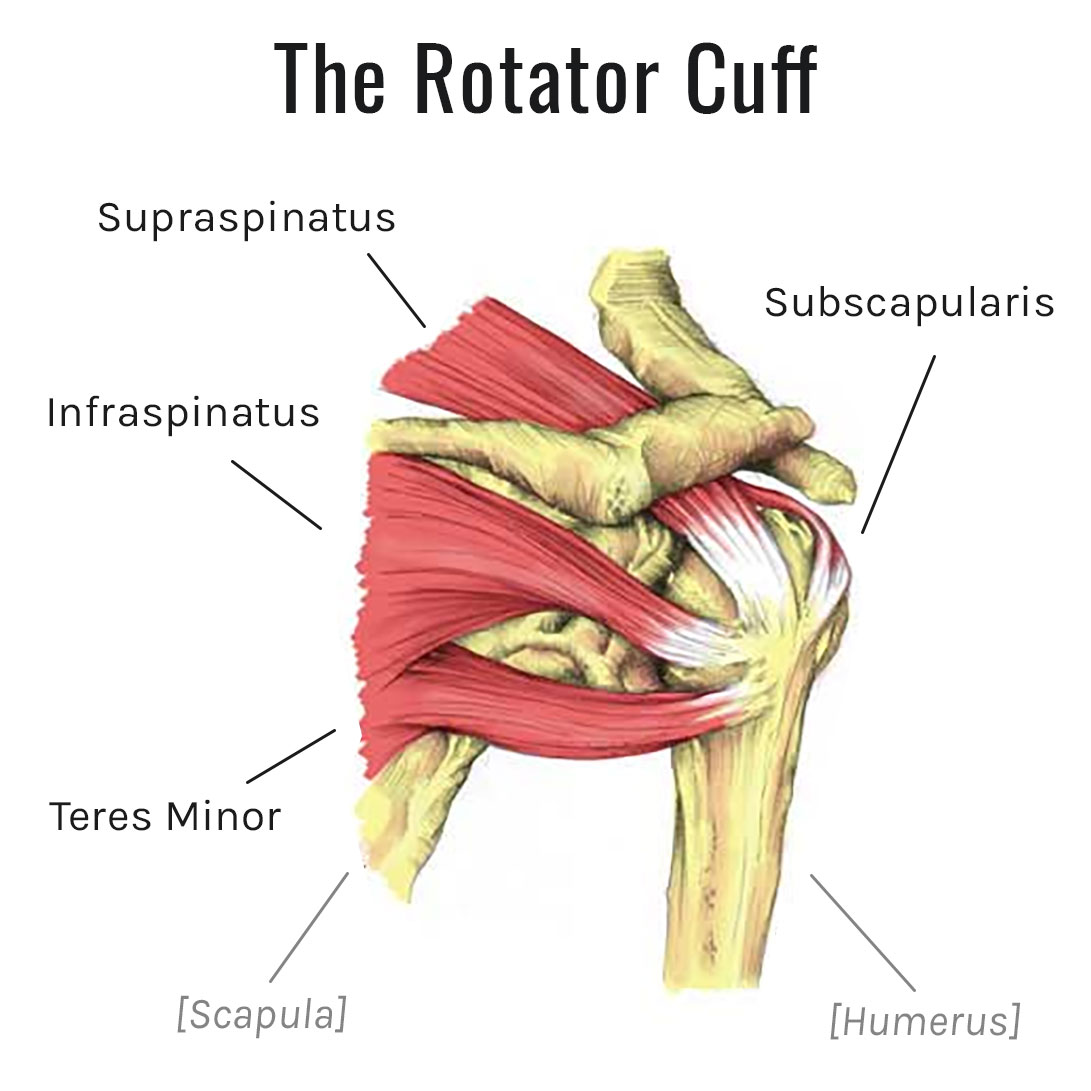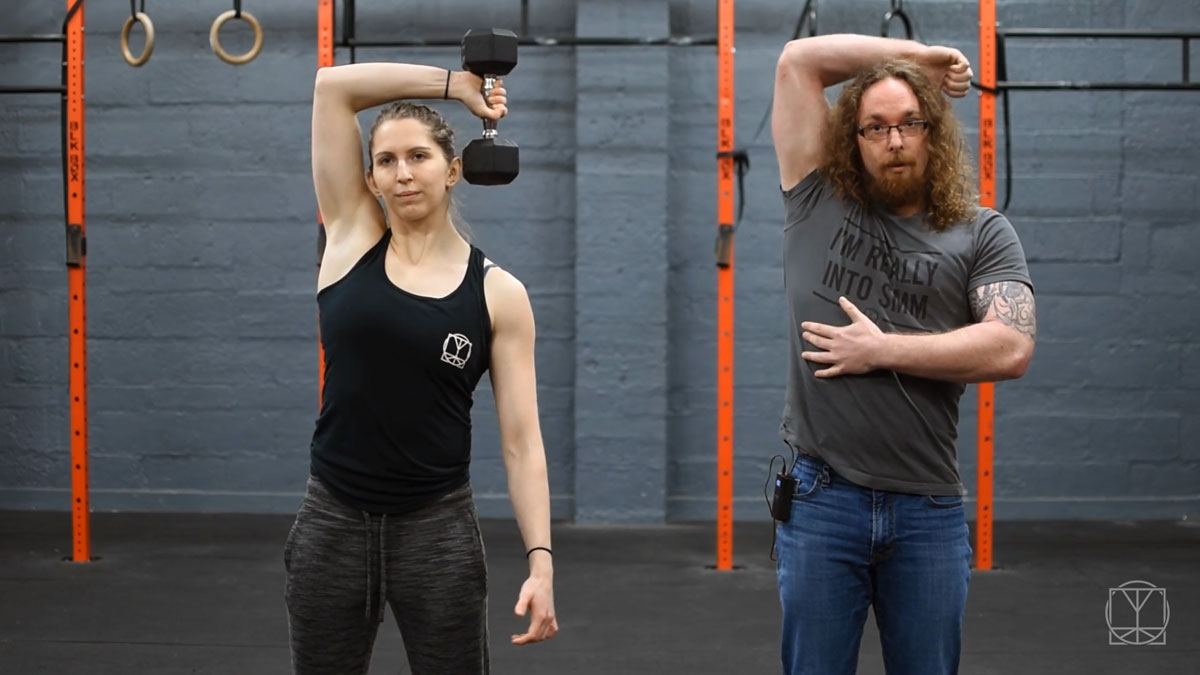The Greatest Rotator Cuff Exercise
When I first saw this exercise, it blew my mind. Everything I knew about rotator cuff rehab and shoulder strengthening was thrown into disarray! No other exercise was as complete as this.
Master Paul Whitrod demonstrated this drill which Catch Wrestlers used to condition their shoulders for the extreme demands of their sport. Catch wrestling submissions are brutal - if you don’t tap quickly, you will break something - so when they use a shoulder strengthening drill, they need it to work.
But it begged the question... Why doesn’t everyone apply this level of elite shoulder stability and strength to their training? Doesn’t everyone want strong and stable shoulders?
The exercise was Weighted Shoulder Rotations. Nowadays I call them Dumbbell Shoulder Rotations as dumbbells are commonly found in gyms, but it was initially demonstrated to me using Indian Clubs.
youtubeid=Ipm3nwuABmQ
Everyone at the seminar was able to do it and even I (who deemed myself as having a “bad” right shoulder" at the time) felt like my shoulder was complete for the first time in forever. Master Whitrod was using a stupidly heavy club that I had no hope of lifting at the time, but this instantly created a spark of excitement: this exercise can be progressively loaded!
This is where many other rotator cuff and shoulder conditioning exercises fall short:
- Resistance bands are amazing for light activation and low intensity endurance, but not for genuine strength building
- Other exercises, like the Cuban Press, use limited ranges of motion
- Many others encourage you to use a 1-2kg dumbbell… which definitely have their place immediately after injury, but long term? Like, come on, we want to do heavy exercises! Throwing more than our bodyweight overhead! 1kg can only get you so far.
The Dumbbell Shoulder Rotations hit the muscles of the rotator cuff and surrounding area because of the vast range of motion and direction, and the ability to increase the dumbbell you’re using allows you to progressively build strength. I have been using it for years now and it even made it into our advanced stability program, End Range Training, last year.
On the face of it, it looks like the Kettlebell Halo (holding a kettlebell in both hands and circling it around your head) but the DB Rotations have two major benefits over them:
- You fully extend the arm at the bottom which stretches the bicep, a common aggravator of shoulders. This extended position also gives you an additional arm angle for your external and internal rotations; important to include as your arm rotates in the shoulder socket at all angles, not just when your arm is lifted
- You do one side at a time. This is such an important feature of the movement as it immediately highlights any imbalances and weaknesses. You’ll know very quickly if one of your shoulders needs more work than the other.
If you feel like “your shoulders could snap just looking at it” then it sounds like you need it. Your rotator cuff, despite being a collection of quite small muscles, should be robust. Unsurprisingly the best way to train an area of your body called a “rotator” cuff, is to rotate it.
If your posture is terrible then should go without saying that any rotator cuff exercise is pointless, and one of the many reasons I developed The Simplistic Mobility Method as the foundation you need before doing any sort of training. If your shoulders do not rest in a good place, don’t strengthen them there. Position and posture must come first.
Here’s how to do it:
· Starting with a light dumbbell at your left side
· Externally rotate from your shoulder to start
· Bring your arm in front of your body while internally rotating at the shoulder,
· Lift the dumbbell up and go backwards around the right-hand side of your head
· With control and bring the dumbbell back to the starting position,
· The second variation starts the same but instead of going around the opposite side of your head, you go around the back of the same side.
· Aim for 10 reps per direction, per side.
You can either alternate the variations each rep or do one variation for all the reps and then switch, but make sure to do both directions and both arms evenly.
Only increase the weight when you can perform 10 reps easily of each direction on each arm.
If you’re just starting out and know your mobility isn’t quite where it should be yet, then I’d recommend starting with The Simplistic Mobility Method. But, if you know your posture is on point and you want to start building balanced strength and stability, then check out End Range Training.
READY TO GET STARTED?
View Products



